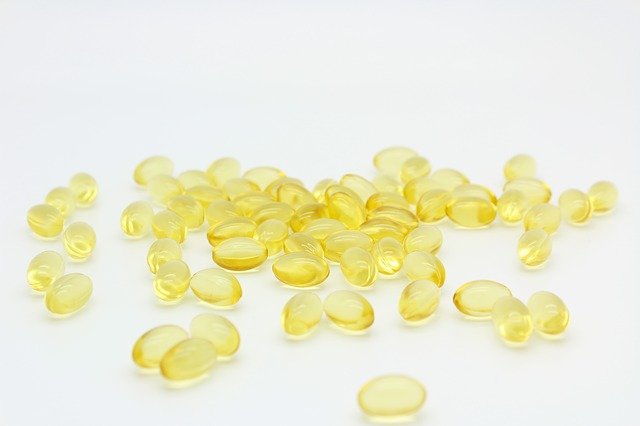
In a new study, researchers have discovered a woman who can live without the protein needed to bind and transport vitamin D in the bloodstream.
This is the first living human who doesn’t have protein needed for vitamin D transport in the body.
The research was done by the University of Calgary, the University of Washington in Seattle and the University of British Columbia.
Vitamin D is a steroid hormone essential to calcium regulation and bone health.
People can get the nutrient from a healthy diet or vitamin D supplements, and the nutrient can also be made by the body when exposed to sunlight.
In the bloodstream, vitamin D is attached to the vitamin D binding protein so it can be stored and transported.
Previous animal research has shown that mice without the vitamin D binding protein can remain healthy.
In the study, the team found a 59-year-old woman who doesn’t have the binding protein and has no measurable vitamin D in her body.
To the researchers’ surprise, the woman maintained normal calcium levels despite having no measurable vitamin D in her body.
The researchers suggest that the vitamin D the woman has in her system does, in fact, get to its target cells, but the mechanism is unknown.
The woman had a number of fragility fractures, little falls in her 40s. The average person wouldn’t expect to break a bone at a similar age.
Health check showed that the woman had absolutely no vitamin D in her body. Even after giving her massive doses, doctors found the levels were never above zero.
The researchers then found that the woman cannot make any vitamin D binding protein because she does not have the gene to do so.
The finding challenges the idea that without its binding protein, vitamin D couldn’t get to the cells where it’s needed.
It provides important information about how the body transports and absorbs vitamin D.
The finding also adds to the current controversy about how vitamin D should be measured, and what should be considered a normal level.
This is the first reported case of a human without vitamin D binding protein.
The woman is now taking vitamin D at a dose of 2,000 IU per day and has not suffered any recent fractures.
The lead author of the study is Dr. Julien Marcadier, MD, a clinical assistant professor.
The study is published in the New England Journal of Medicine.
Copyright © 2019 Knowridge Science Report. All rights reserved.



